In the agricultural heartland of America, there’s been a significant shift. The once-prominent use of twines, be it sisal twine or plastic twine, has been overtaken by the game-changer: net wrap.
As with all technological shifts, the market has responded warmly to the efficiencies brought about by net wraps.
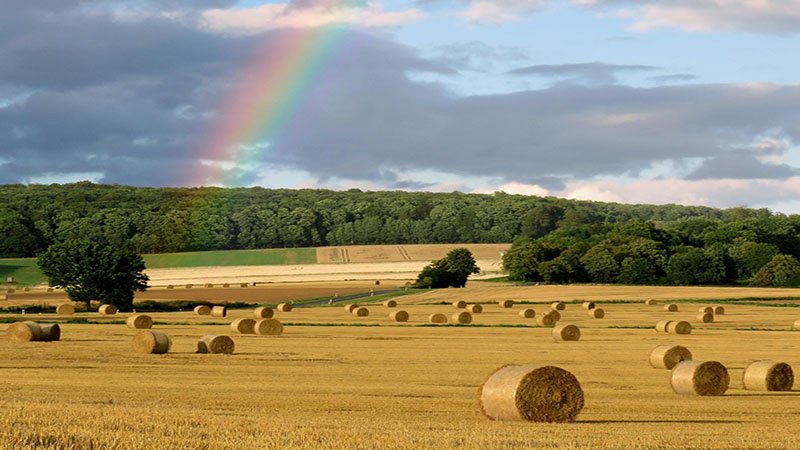
Introduction: The Rise of Net Wrap and its Prominence in the Market
From the swaying fields of hay to neatly wrapped bales of straw, the scene in an American farm is transforming. The key player?
The answer is Net Wrap. With its smooth handling and reliable protection, the net wrap has secured its place as an indispensable tool in modern farming.
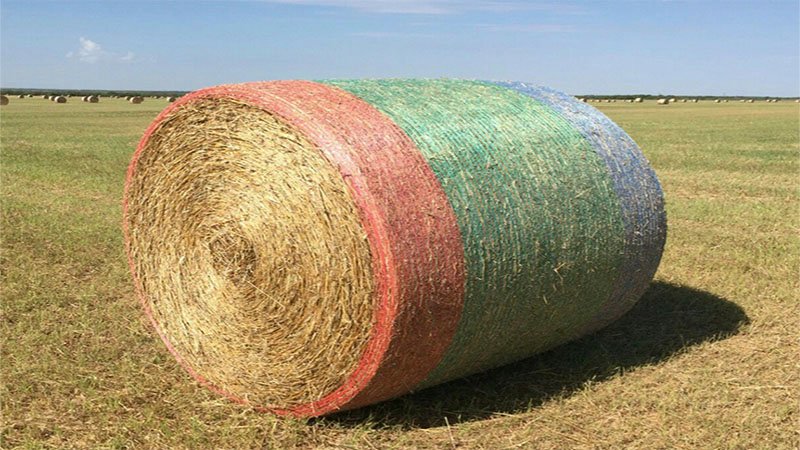
Unraveling the Details: What Exactly Is Net Wrap?
Differentiating from Traditional Methods: Sisal Twine and Plastic Twine
Back in the day, sisal twine and plastic twine were the go-to methods for bale wrapping. While they did the job, the results varied, and the consistency in bale shape and protection just wasn’t there.
Along came net wrap, snapping into the market with unmatched efficiency.

The Structure and Features of Net Wrap
Net wrap, often packaged in rolls for easy handling, offers edge-to-edge coverage. This ensures the entire bale surface is protected, preventing rainwater penetration and eliminating air pockets.
Resulting in perfectly shaped, high-quality silage bales every single time.
Why Net Wrap Reigns Supreme: Listing the Benefits
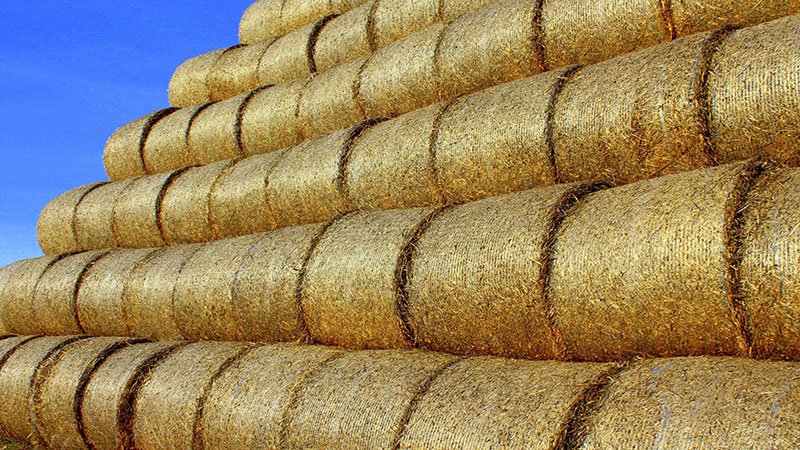
Ensuring Perfectly Shaped, High-Quality Silage Bales
Using the net wrap, farmers can expect round bale protects that are consistent in shape and size. No more loose hay or silage falling apart during transport.
Eliminating Air Pockets and Moisture Collection
Remember when moisture used to be a bale’s worst enemy? With the impeccable edge coverage that net wraps offer, eliminating air pockets and moisture collection is a snap.
From Hay to Straw: The Protection Offered
Whether it’s hay, straw, or any other crop, net wrap ensures better protection against the elements. Rainfall? No problem. Intense sunlight? Bring it on. Your crops are safe and sound.

John Deere CoverEdge: A Benchmark in the Net Wrap Industry
Edge Coverage and the Revolution in Bale Protection
When we speak of net wrap, it’s impossible not to mention John Deere CoverEdge. With its emphasis on covering more bale surface area, especially the edges, it ensures minimum crop loss. The result? Better protection and better handling during storage and transport.

Cost Savings, Efficient Loading, and Transport
The roll carry handles featured in John Deere’s net wrap rolls make the loading process smoother. Combine that with the savings from reduced crop loss, and the cost benefits are clear as day.
The Proper Use and Storage of Net Wrap Rolls
Getting the best results from your net wrap involves more than just wrapping. It’s about storing rolls in a cool, dry place, ensuring that the baler settings match the width of the net, and regularly checking the net for wear and tear.
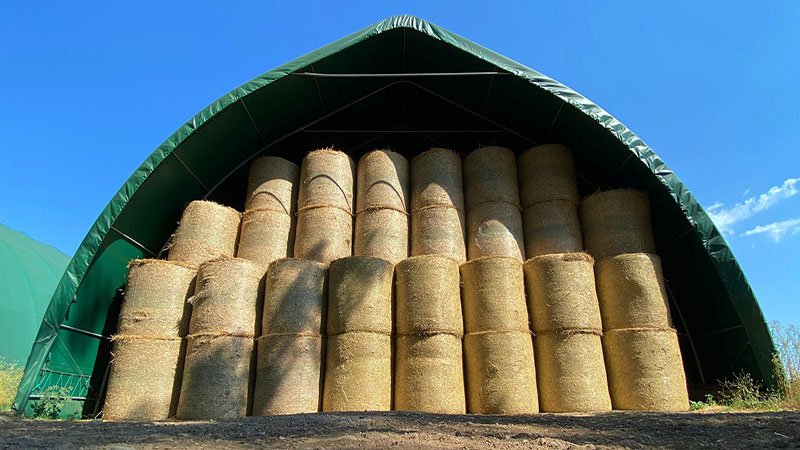
Environmental Considerations: Going Green with Biodegradable Options
Sustainability isn’t just a buzzword; it’s a necessity. Fortunately, net wrap manufacturers are on board, with many offering biodegradable options. Now, green isn’t just the color of the crops but also the ethos of farming.

Baler, Brand, and the Best Results: Making the Most of Your Investment
Balers vary in their specifications, and not all net wraps are universally compatible.
Researching brands, understanding the details, and ensuring compatibility will yield the best results. It’s not just about the wrap; it’s about the whole package.
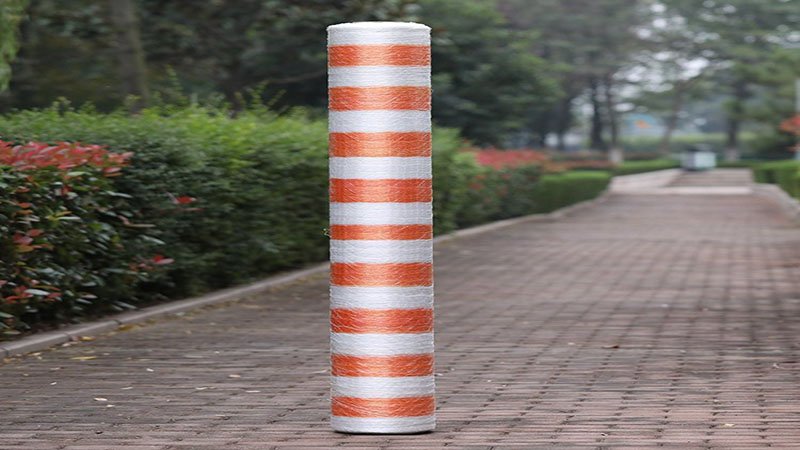
Conclusion: Why Every Modern Farmer Should Consider Net Wrap
For the contemporary farmer, net wrap isn’t just a choice; it’s essential. From perfectly shaped bales to savings in time and money, the benefits are manifold.
Whether it’s the unrivaled edge coverage, the protection against rainwater penetration, or the sheer ease of handling, net wrap stands tall in the realm of modern farming.

Frequently Asked Questions
- What differentiates John Deere CoverEdge from other net wraps?
- John Deere CoverEdge offers superior edge coverage, ensuring better protection and handling of the bales.
- Are there any green or biodegradable options for net wraps?
- Absolutely. Many brands, understanding the environmental concerns, now offer biodegradable net wrap options.
- How does net wrap affect the storage and transport of bales?
- Netwrap, especially with features like roll carry handles, ensures better handling during storage and transport, leading to reduced crop loss and damage.
- Can the net wrap be used for both hay and straw bales?
- Yes, netwrap is versatile and can be used effectively for both hay and straw, providing excellent protection and moisture prevention.
- How does netwrap compare in cost to traditional twine?
- While the initial investment in net wrap might be higher than twine, the savings in reduced crop loss, better bale shape, and improved efficiency often outweigh the cost difference.
- How often should I check my netwrap rolls for wear and tear?
- It’s advisable to inspect your netwrap rolls before each use. Regular checks will ensure optimal performance and prevent potential issues during baling.
- Is there a specific width of net wrap that works best for larger bales?
- The width of the net wrap should be compatible with your baler settings. However, wider nets often provide better edge coverage for larger bales.
- How does net wrap ensure the elimination of air pockets?
- The tight and consistent wrapping of the net ensures that there are minimal gaps, thus eliminating air pockets that can cause spoilage.
- Do all balers support the use of net wraps?
- Most modern balers are designed to support net wraps, but it’s essential to check your baler’s specifications and compatibility before making a purchase.
- Can net wraps be recycled?
- Many net wraps, especially those made of plastic materials, can be recycled. It’s best to check with local recycling programs to determine the correct disposal method.
- Is there a shelf life for stored net wrap rolls?
- While net wrap doesn’t have an exact expiration date, it’s best to store it in a cool, dry place to maintain its quality. Over time, excessive moisture or direct sunlight can degrade the material.
- How does rainfall affect bales wrapped in the net wrap?
- The net wrap provides a protective layer that prevents rainwater penetration, ensuring the bale remains dry and the crops inside are preserved.
- What’s the difference between net wrap and stretch film?
- While both are used for bale protection, net wrap is typically more breathable and flexible, whereas stretch film is more airtight and is often used for silage bales to maintain the quality of the fermented crop.
- How does John Deere’s net wrap compare in pricing to other brands?
- John Deere is known for its high-quality products, and while the pricing might be slightly higher than some competitors, the investment often saves farmers in the long run due to reduced bale spoilage and improved efficiency in baling.
- I’ve noticed some fluff on my bales after using a certain net wrap. Does John Deere’s wrap also produce fluff?
- Every net wrap might leave a little fluff, but John Deere’s net wrap is designed to minimize fluff on bales, ensuring cleaner, more presentable bales.
- How can I save on costs when purchasing rolls of net wrap in bulk?
- Buying in bulk often provides savings. Many suppliers offer discounts for larger orders or pallets of rolls. It’s worth checking with John Deere for any bulk pricing options they might have.
- I’ve had issues with net wrap snaps during baling. Does John Deere’s wrap have better durability?
- Yes, John Deere has designed its net wrap to withstand the pressures of baling. The chances of snaps are significantly reduced thanks to its robust construction and the quality of materials used.
- How should I store pallets of net wrap rolls to ensure they remain in top condition?
- Store pallets in a dry place, away from direct sunlight. Elevate the pallets off the ground to prevent moisture. This will save the integrity of the roll and ensure efficient baling without fluff or shoulders getting in the way.
- When dealing with larger bales, how do I ensure that the shoulders of my bale are adequately protected?
- Choosing a wider roll ensures that the shoulders of your bale receive adequate coverage. Additionally, make sure the tension during wrapping is consistent, preventing gaps or snaps that could expose the bale’s shoulders.


